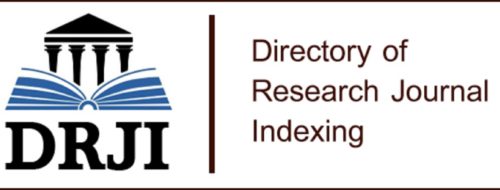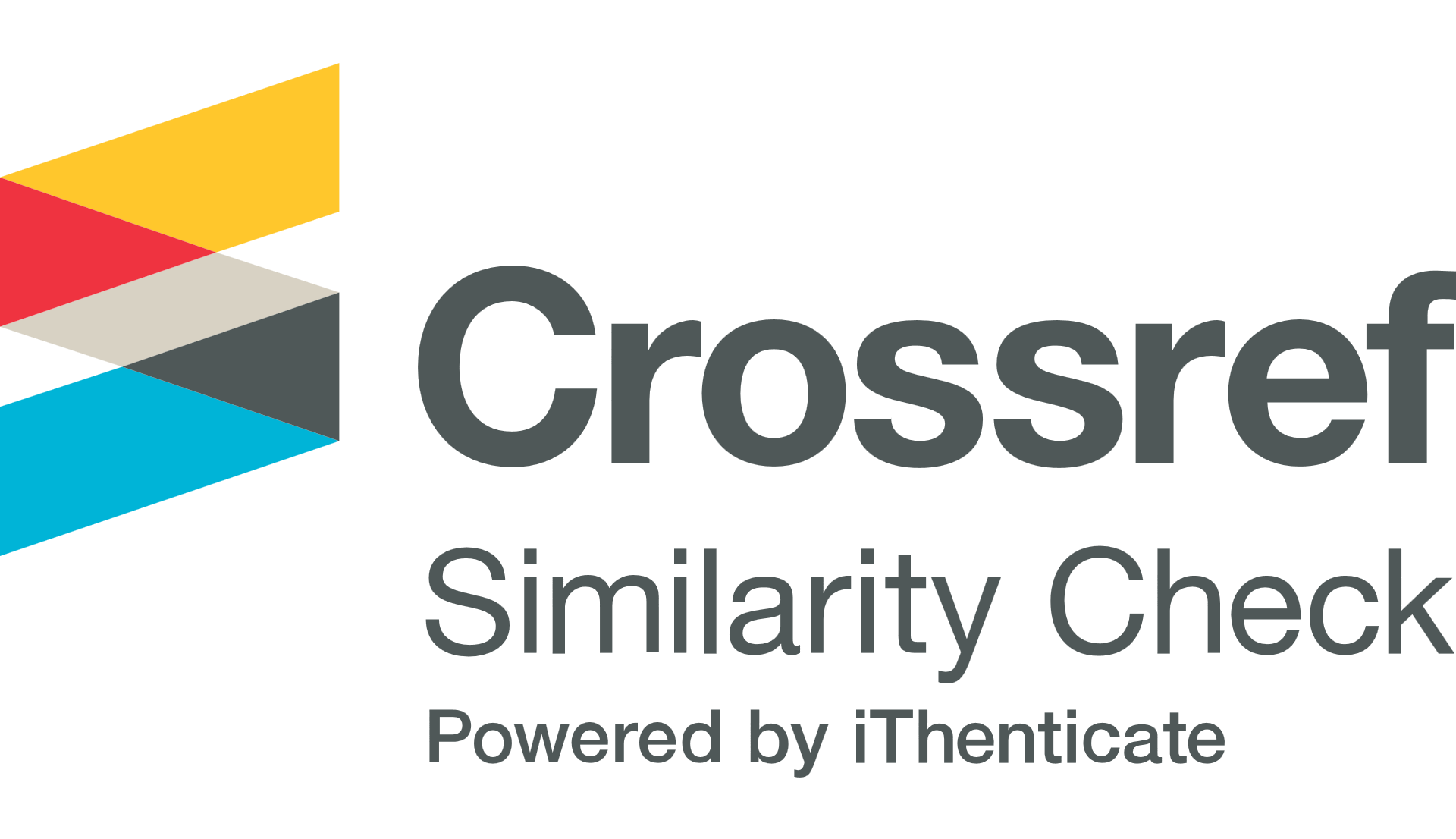AUTOMATED SYSTEM FOR WATER PURIFICATION USING SOLAR ENERGY, REFLECTION AND ULTRAVIOLET LIGHT
Keywords:
Water purification, solar energy, solar still, UV light, Atmega 16Abstract
DOI: https://doi.org/10.46296/ig.v8i15.0237
This article describes the design, implementation, and testing process of an automatic water purification system using solar energy and ultraviolet radiation. The prototype consists of a Solar Distiller, which receives contaminated and impure water via an electric pump. Inside the distiller, the water evaporates and condenses due to temperature differences, and is subsequently directed to UV radiation, which emits a wavelength of 254nm to eliminate viruses, bacteria, or any microorganisms present, completely purifying the sample and making it suitable for human consumption. To enhance the prototype's performance, a Cylindrical Parabolic Collector (CPC) was added, allowing for higher temperatures inside the distiller, along with a complete automation system with its respective sensors and actuators based on an Atmega 16 microcontroller. This setup enables the equipment's control and timely intervention in case of malfunctions or issues in the purification system, all powered by an off-grid photovoltaic system, giving the device full autonomy.
Keywords: Water purification, solar energy, solar still, UV light, Atmega 16.
References
L. Szabó, “The history of using solar energy,” in 2017 International Conference on Modern Power Systems (MPS), 2017, pp. 1–8. doi: 10.1109/MPS.2017.7974451.
A. M. Moscoso, El derecho al agua en el Ecuador: un análisis desde la Ciencia Política y el Derecho Público. Universidad de Cuenca, Facultad de Jurisprudencia, Ciencias Políticas y Sociales, 2017.
C. Paredes Velasco, “Diseño de captador solar cilíndrico parabólico para aplicaciones rurales en Paraguay,” 2012.
F. P. Incropera and D. P. DeWitt, Fundamentos de transferencia de calor. Pearson Educación, 1999.
A. F. Mills, “TRANSFERENCIA DE CALOR.,” 1995.
C. CIE, “Atlas Solar del Ecuador,” Quito: CIE, 2008.
J. Bohórquez-Ballén and J. F. Pérez Mogollón, “Radiación ultravioleta,” Ciencia y tecnología para la salud Visual y Ocular, vol. 5, no. 9, pp. 97–104, 2007.
P. M. A. Castellanos, C. A. C. Camargo, and N. R. P. Granados, “Análisis de interferencia de parámetros físicos del agua, en desinfección por radiación UV,” Revista de Tecnología (Archivo), vol. 14, no. 2, pp. 105–112, 2015.
M. Sánchez, N. Villalobos, E. Gutiérrez, and Y. Caldera, “Diseño de un Equipo de desinfección por Luz Ultravioleta para el Tratamiento de Aguas Residuales con fines de Reutilización,” Revista Tecnocientífica URU, pp. 11–18, 2012.
M. C. Apella and P. Z. Araujo, “Microbiología de agua. Conceptos básicos,” Tecnologías solares para la desinfección y descontaminación del agua, pp. 33–50, 2005.
P. Torres, C. H. Cruz, and P. J. Patiño, “Índices de calidad de agua en fuentes superficiales utilizadas en la producción de agua para consumo humano: Una revisión crítica,” Revista Ingenierías Universidad de Medellín, vol. 8, no. 15, pp. 79–94, 2009.
Published
How to Cite
Issue
Section
License
Copyright (c) 2025 Scientific Journal INGENIAR: Engineering, Technology and Research

This work is licensed under a Creative Commons Attribution-NonCommercial-ShareAlike 4.0 International License.

















